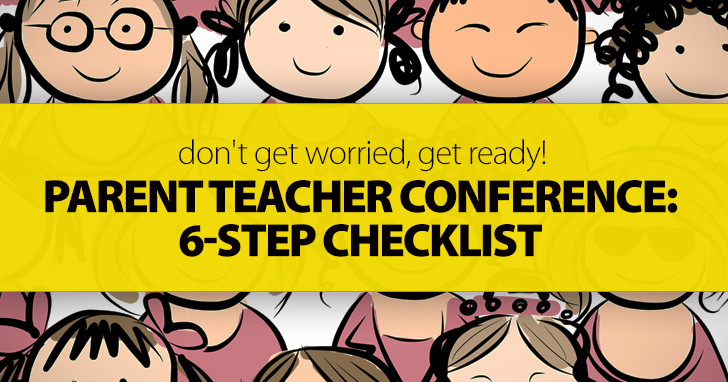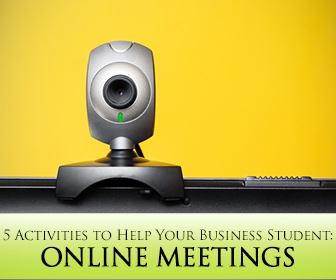Parent Teacher Conference: Don't Get Worried, Get Ready (6-Step Checklist)


Imagine what it must be like for our business ESL students. They have to sit through them day in and day out, making an effort to understand, and an even bigger effort to participate. In spite of the challenges, face to face meetings have some advantages. In them, attendees can see the speakers and body language can be a big help. Nowadays, however, online meetings are becoming more and more popular. Companies save a fortune on air tickets and with all the online tools and platforms available, it really is quite simple to have meetings whenever they want. There is just one little problem. For those who don’t speak English fluently it makes things a little harder. Still, it’s important to stay positive, there is a lot we can do to help our ESL business students. Take a look at the following tips and activities.

This is where most business activities start. Everything in the business world needs to be scheduled. So, students need to learn to set a date and time for each meeting. When meetings are held online, the scheduling is usually done by email. Take a look at the following activity:
Activity 1: Read the email below (or a similar one) with your students. Once you are done, ask them to identify what expressions are used to greet, set a date and ask for confirmation.
Dear all,
I hope everyone is well. I am writing to all of you because I’d like to set up a meeting. We need to make some decisions regarding our project, and there are things we all need to discuss before that. I’d like to know if everyone is available next Friday at 10:00 AM. Please let me know if you are or aren’t.
I look forward to hearing from you,
John Rollings
Sadly for us, technology doesn’t always work the way we want it or need it to. Problems can occur at any time, and our students have to be ready to deal with them. Teaching useful and specific expressions to check for problems can help our students a great deal.
Activity 2: This activity deals with problems anyone can have during online meetings and online communication in general. Here students are given phrases that are typically used. They practice these expressions in short role plays.
In this part, the meeting has started and whoever in heading it introduces him/herself and often the others as well. He/she is also responsible for welcoming the attendees. It is important to cover expressions used in these situations.
Activity 3: Write all the following expressions on the board, and have your students take turns classifying whether those expressions are used to:
All well organized meetings have an agenda. Attendees need to know what will be discussed and when in advance. This is important because attendees will have an opportunity to be prepared and topics won’t simply “sneak up on them”.
Activity 4: Have your student brainstorm a list of topics that might be discussed in a meeting. If possible, he/she can even provide topics that are typically discussed in their meetings. Other things on the agenda would be: leader of the topic, what the attendees should prepare, desired outcome, and time allotted. The students should then practice preparing the agenda for a meeting
At this point the meeting has ended, and it’s time to end the meeting. There are several things that go on here. In simple terms, whoever is heading the meeting states it has ended, briefly summarizes what was discussed and thanks the attendees. In the following activity students will be able to see an example then practice how to do it themselves.
Activity 5: Have your students take a look at the example below. Then use the information from the previous activity and ask them to wrap it up.
Ok, let’s wrap things up. Now, let’s go over what we discussed. First …….. Next
Meetings of every kind are means to help them achieve their business goals. Helping them achieve their language goals makes it so much easier.